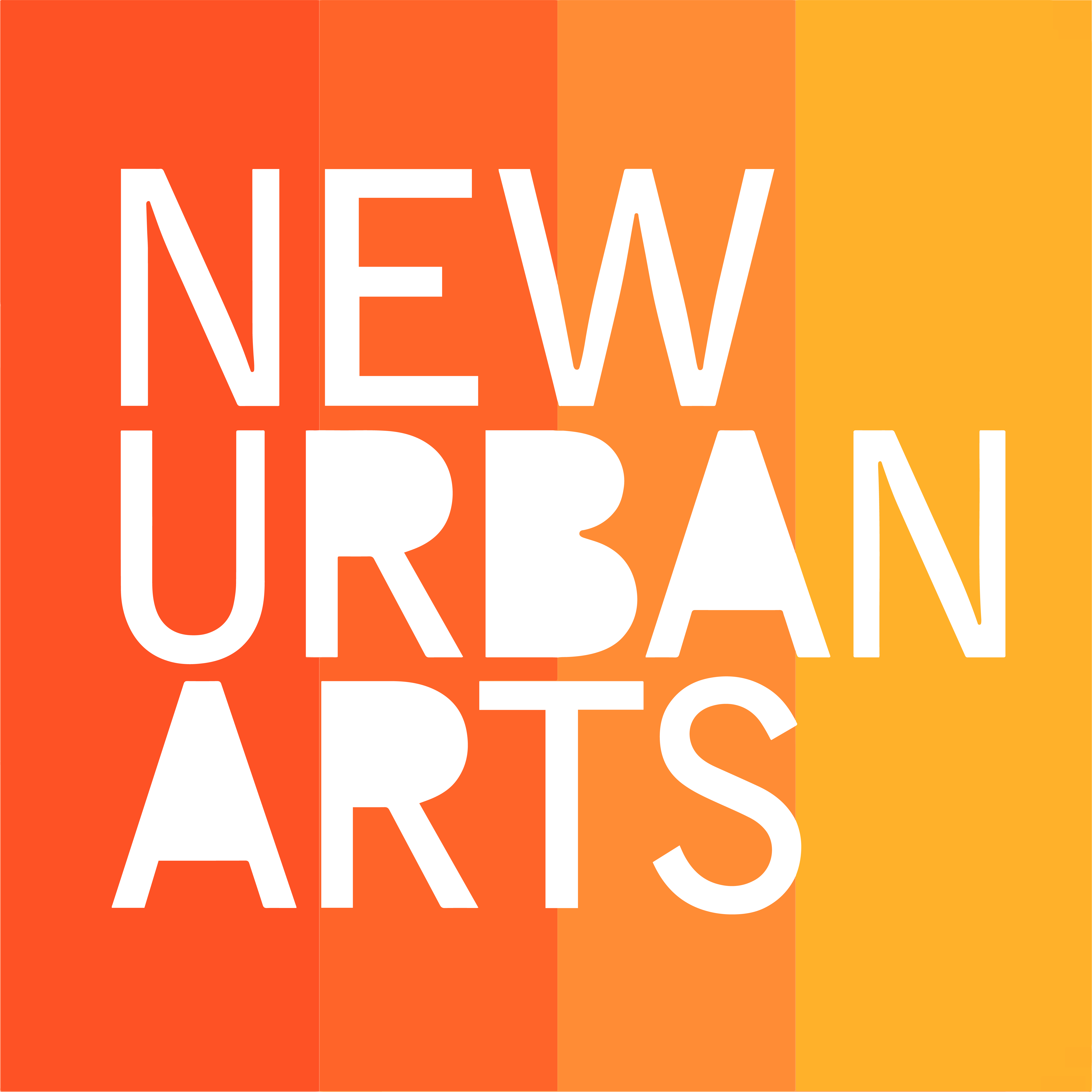Founding Board Chair, Alumni Fellow and Community Story Teller, Peter Hocking has an article published in the latest issue of Radical Teacher. The following is an edited excerpt from Radical Teacher, Number 89, Winter 2010, pp. 47-56.
You may not notice it when you first enter New Urban Arts’ studio, but just above your head and to the right of the door, stenciled in dusty orange paint—resembling more the detritus of an abandoned art project than creed—are the core principles of the studio: risk, leadership, inclusion, connection, voice. They are flanked, on one side, by a white wall that serves alternatively as a gallery space and site of art making and, on the other, by a neatly presented collection of a dozen black and white student portraits, created annually by a photography mentor.
In the space of less than ten feet, the studio tells a story. Walking into the space invites more stories and, importantly, encourages participation in the crafting of the next story.
In September 2009, New Urban Arts convened its first reunion of artist mentors. The group was eager to discuss both their experience with the program and how they were continuing to learn to situate their art practice in the world. Deep into the reunion one of them observed that New Urban Arts had saved his education.
Though what he said came as no surprise, the vigor of the murmurs and nods around the circle forced me to reassess what was being communicated. As others spoke to this point, I realized that, as a RISD alumnus, I was reflexively nodding with deep understanding. The conversation highlighted the ways that we were yearning not for yet another prescriptive determination of what it means to be an artist or designer in the tradition of the industrialized, Modernist art and design economy, but a broader inquiry into how creative people might situate themselves in a rapidly transforming world.
It was clear that the sense of connectedness and meaning that these mentors experienced at New Urban Arts was not something they had encountered in other places. New Urban Arts allowed them to understand creative practice as something that can engage a plurality of participants and facilitators who enable a reciprocal and dialogical learning process. This conversation helped me recognize what enables this learning community to form: safety to take risks, presence to the totality of those who inhabit the space, and a deep ownership of the value of the place.
New Urban Arts teaches us that the making of aesthetic experience, the making of meaning, the making of social change, the making of progressive sites of teaching and learning, and the making of justice need not be fragmented or disjointed activities. They can be the same thing.

